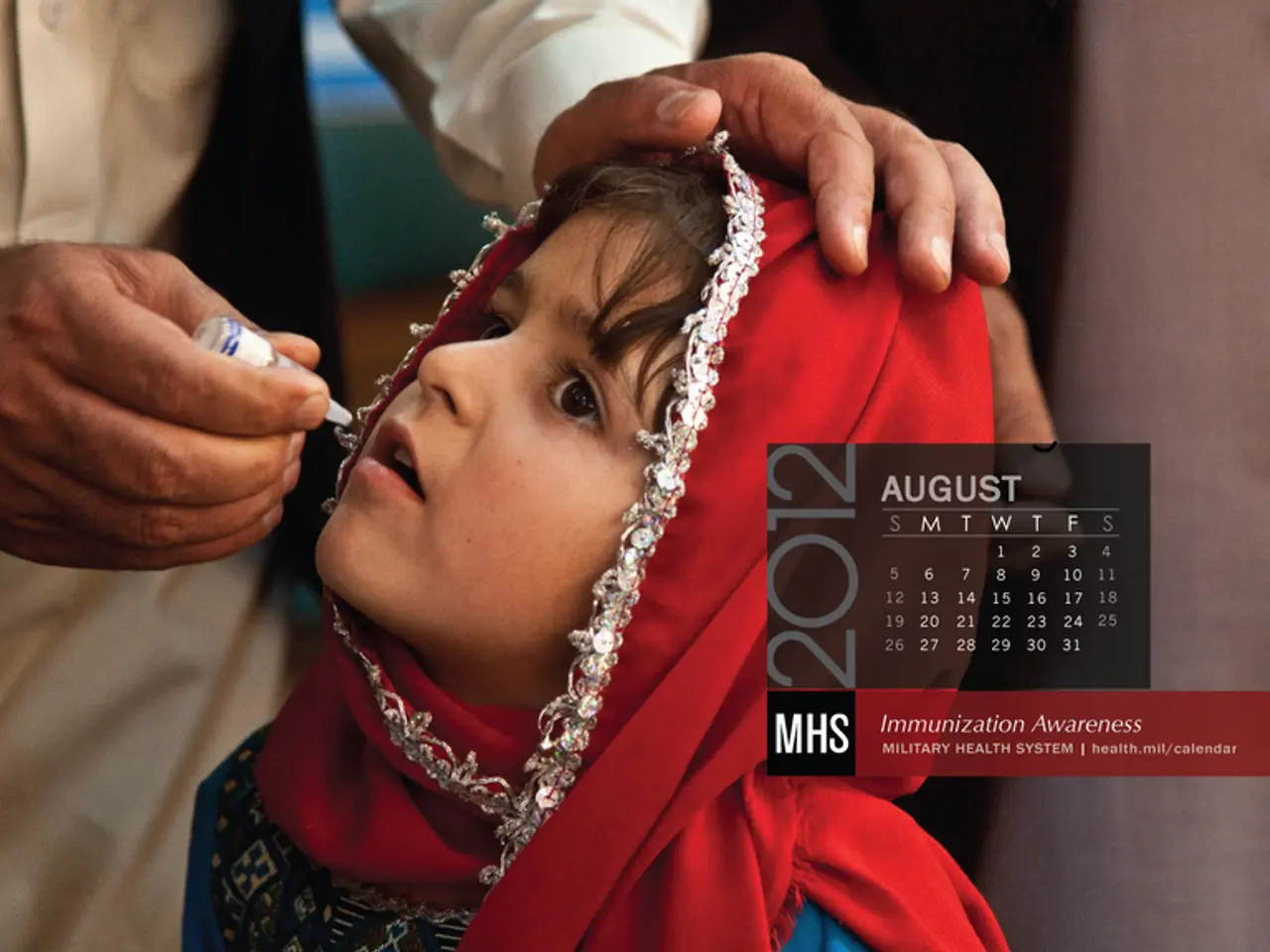Black Churches Boost COVID-19 Vaccination Rates in Communities of Color
In a bid to boost COVID-19 vaccination rates among Black communities, researchers and local organizations have teamed up with Black churches and medical professionals. The initiative, led by the Inland Empire Concerned African American Churches (IECAAC) and Loma Linda University School of Pharmacy, has shown promising results.
The strategy involves setting up mobile vaccination clinics on church grounds, a tactic that has proven successful. A recent clinic vaccinated 420 individuals, with a remarkable 84% being Black. This approach not only increases accessibility but also builds trust, as Black churches are respected institutions in these communities.
The impact of this initiative is evident. In the following week, there was a significant increase in Black attendance at LLU's mass vaccination sites. To date, the effort has vaccinated 1,542 Black individuals in San Bernardino County. This is crucial, given that less than 15% of Black Americans have received their first dose, largely due to barriers like limited access to transportation and technology.
The disproportionate effect of COVID-19 on Black communities underscores the importance of these efforts. Black Americans are dying at a rate three times that of White Americans. By partnering with Black churches and medical professionals, researchers aim to achieve racial equity in the vaccine rollout.
The collaboration between IECAAC, Loma Linda University, and Black churches has demonstrated the power of community engagement in improving COVID-19 vaccination rates among Black communities. Looking ahead, researchers plan to extend these efforts to Latino/LatinX communities, further expanding the reach of this lifesaving campaign.
Read also:
- Inadequate supply of accessible housing overlooks London's disabled community
- Strange discovery in EU: Rabbits found with unusual appendages resembling tentacles on their heads
- Duration of a Travelling Blood Clot: Time Scale Explained
- Fainting versus Seizures: Overlaps, Distinctions, and Proper Responses






